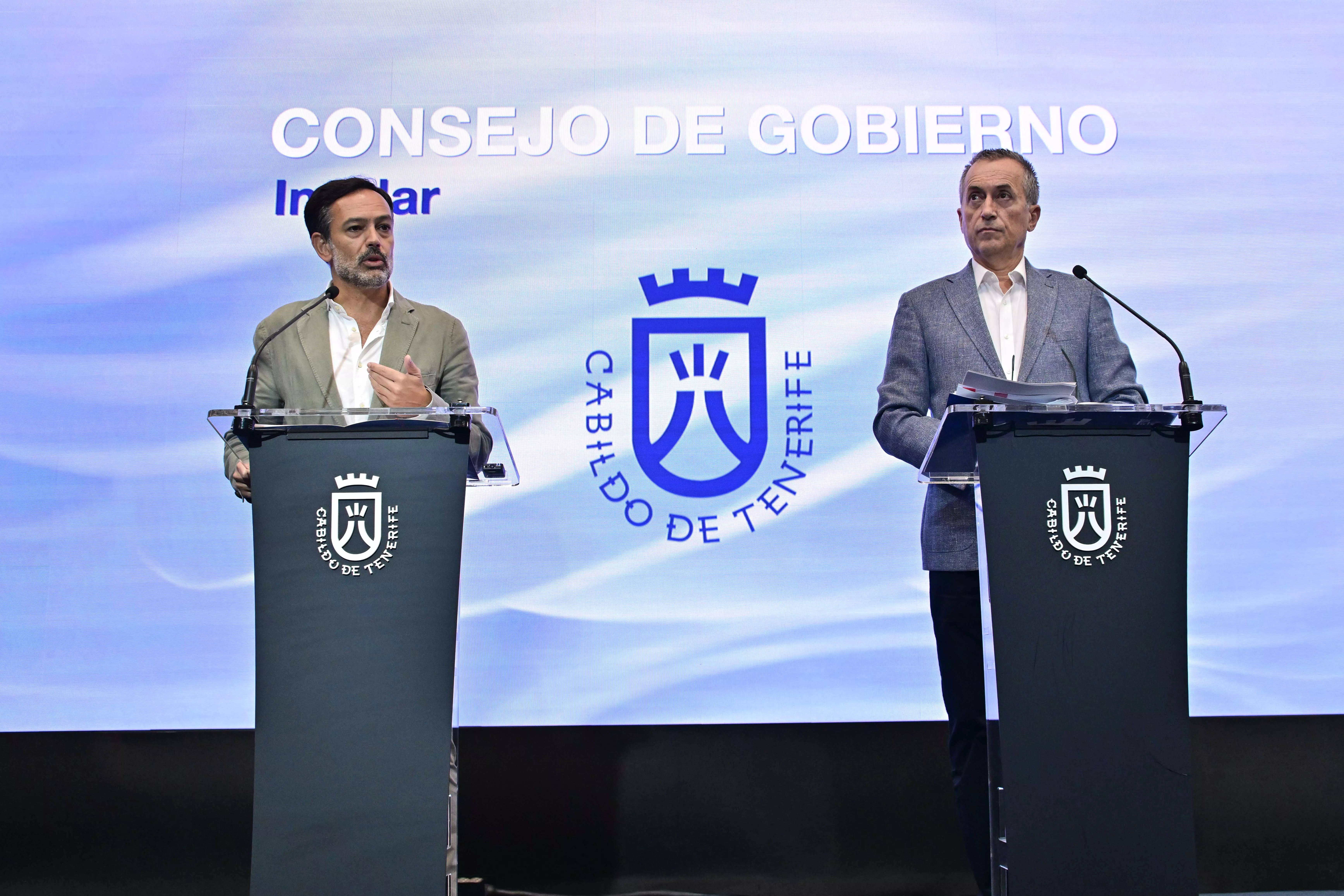SANTA CRUZ DE TENERIFE, July 31 (EUROPE PRESS) –
The Association of Forest Agents and the Environment of the Canary Islands (AFMACAN) has considered that seaplanes are not the best tool to fight fires in the Canary Islands and believes that helicopters are a much more versatile, precise, safe and economical tool.
From this group they point out that aerial means are very important in extinguishing large forest fires; however, they maintain that it is essential to have sufficient and well-equipped land resources not only for firefighting, but also for prevention throughout the year.
In this sense, from Afmacan it is considered that investment in firefighting should be focused on improving ground resources throughout the year, prevention, coordination of the different operations involved and the priority of helicopters as aerial means.
From Afmacan they assure that seaplanes are not the best tool for fighting fires in the Canary Islands for various technical reasons: the orography of the islands, crossed by ravines and steep slopes, makes unloading much more effective from a helicopter, which It is much more versatile and precise than the seaplane, since the former are capable of unloading closer to the burned area.
They also add that the plane is obliged to refuel at sea, since in the Canary Islands there are no large rivers or reservoirs close to the forest areas affected by the fires, so they must recharge in bays protected from the waves, which implies an operational capacity complicated with the transit of ships and above all a greater amount of time used for loading and, therefore, between unloading and unloading at the fire front.
The Association emphasizes that it is easier for the helicopter to recharge in any pool or pond near the fire. In this sense, they indicate that on average in a fire in the Canary Islands, a seaplane unloads every 50 minutes, while a helicopter can do one every 5. The water load of a Canadair-type amphibious aircraft can reach 5,400 liters and a Kamov-type heavy helicopter can reach up to 4,500 liters, although it is capable of making a greater number of downloads per hour.
On the other hand, from Afmacan they emphasize that no means by itself is capable of extinguishing a large forest fire (GIF), requiring the coordinated and effective work of different means and operations of extinction both by land and by air. “Although the seaplanes perfectly fulfill their mission in other parts of the world with a geographical reality very different from that of the Canary Islands, given the orographic reality of the islands, their operability and effectiveness decrease significantly,” they specify.
For all these reasons, Afmacan advocates that management decisions regarding forest fires be made based on technical criteria and under the tutelage of professionals, after a calm and serious analysis of reality and not in the heat of recent emergencies.

















